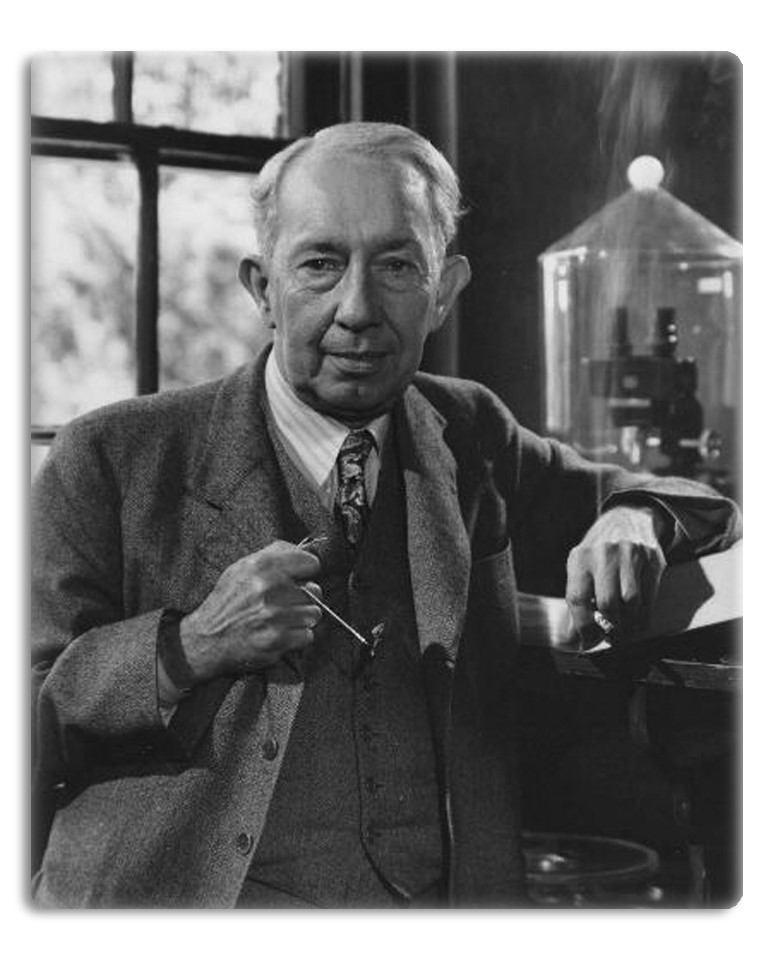Edgar D. Tillyer
Edgar D. Tillyer

Edgar D. Tillyer was born in 1881 in Dover, New Jersey, USA. In 1898, he entered Rutgers University and excelled at mathematics and applied physics. After graduation, he took a position at the Almanac Office in Washington, DC. While working there, he was able to attend George Washington University, from which he earned his master’s of science degree in differential equations and functional theory in 1903. He then returned to Rutgers and earned master’s of science degree.
In 1905, he went to work at the U.S. Naval Observatory in Washington, where he stayed until 1911. While at the observatory, he became involved in the congressional investigation aimed at determining whether Peary or Cook had discovered the North Pole first. He also developed an improved clock vault temperature control, which resulted in more accurate standard time for the United States, as well as a system of reversing prisms for meridian circle observations, eliminated personal error, provided more consistent data, simplified the technique, and saved appreciable time in making observations.
Tillyer worked for the National Bureau of Standards (NBS) from 1911 until 1916 where he was responsible for the design and improvement of all image forming instruments. He redesigned and revised the old types of submarine periscopes, increasing their field of vision and illumination, and originated the first specifications to standardize periscopes and gunsights used by the United States Navy. He also served in the capacity of consultant for both the Army and Navy in the design and specifications of optical instruments.
He was hired as director of the research laboratory at American Optical Corporation (AO) in 1916. In this role he made important contributions to the advancement optical sciences. The Tillyer Lens provided the first ophthalmic lens corrected for marginal astigmatic and focal error that could be made on a production basis. The Ful-Vue and monocentric bifocal lenses, conceived by Tillyer, eliminate image displacement, and in the case of the Ful-Vue, a virtually unnoticeable segment is achieved. His development of a transparent reflector improved the retinoscope, an instrument used in eye examinations, and made it possible for ophthalmologists and optometrists to make more accurate diagnosis.
He held 150 patents for glass lenses and other optical devices. Among his inventions were a type of blade able to admit or shut out any desired portions of the range of colored light rays, heat rays, or ultra-violet rays. He is known for a metascope produced during World War II which enabled soldiers to see in the dark and new eye protection devices for welders.
Tillyer remained at AO until his death Christmas Day 1970.
Multimedia
Document Created: 26 July 2023
Last Updated: 28 August 2023
